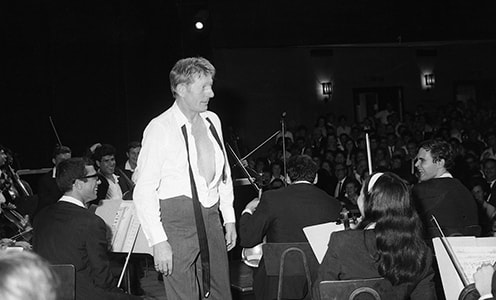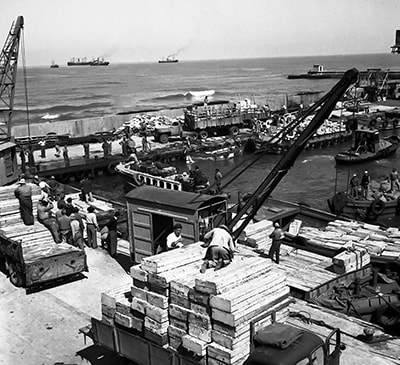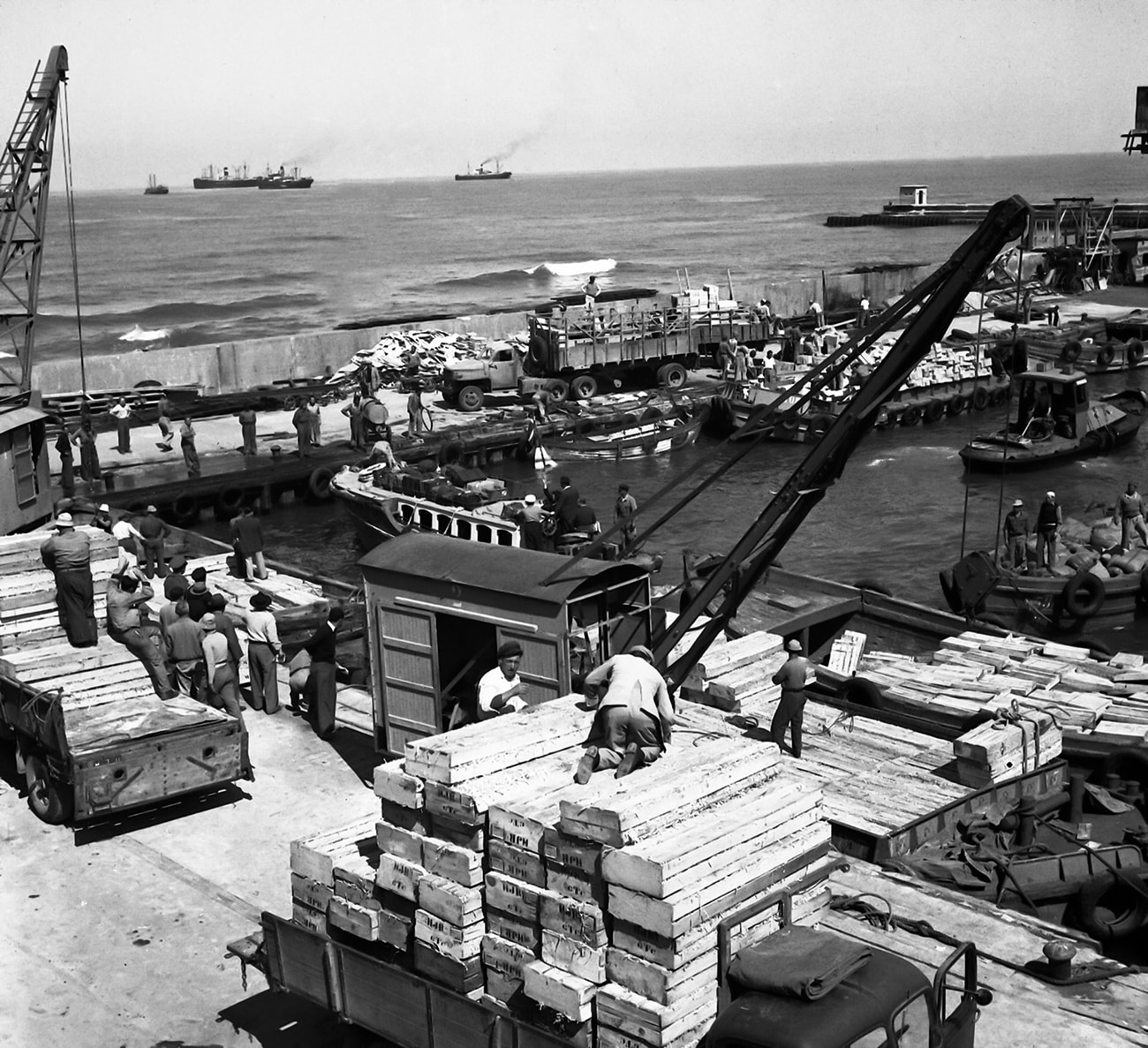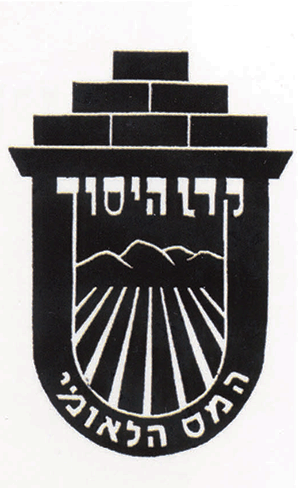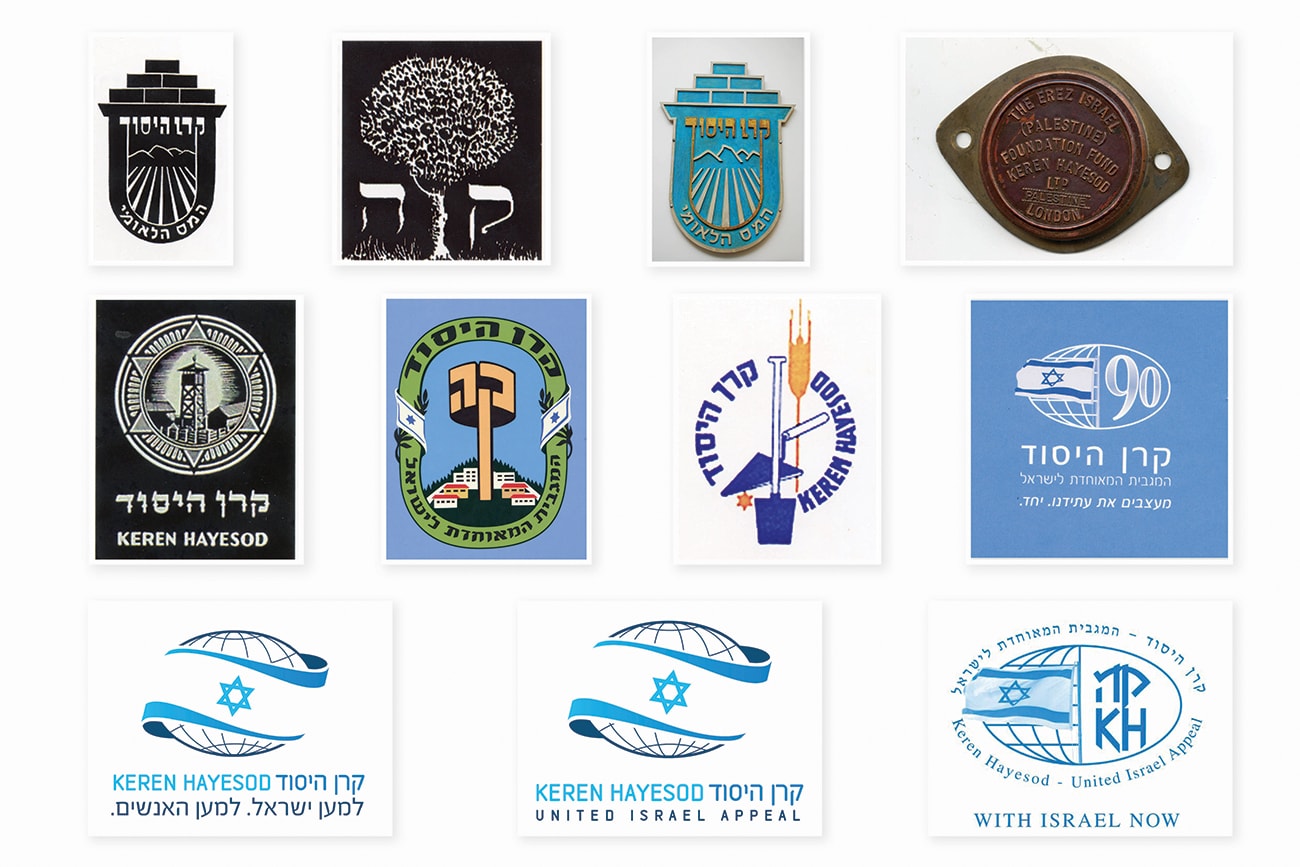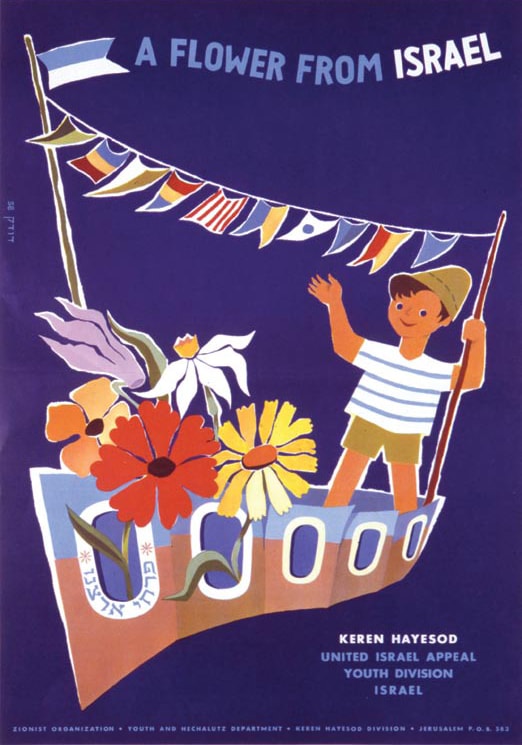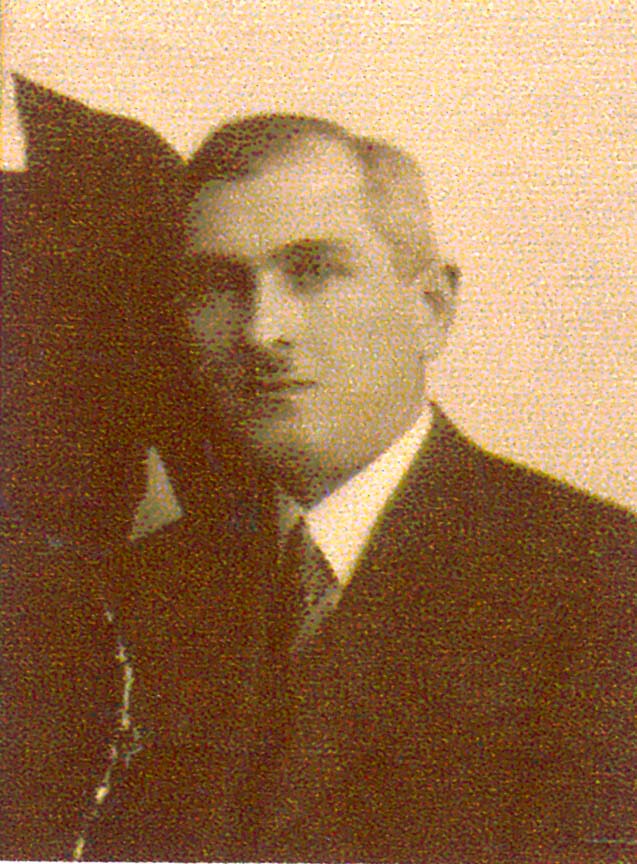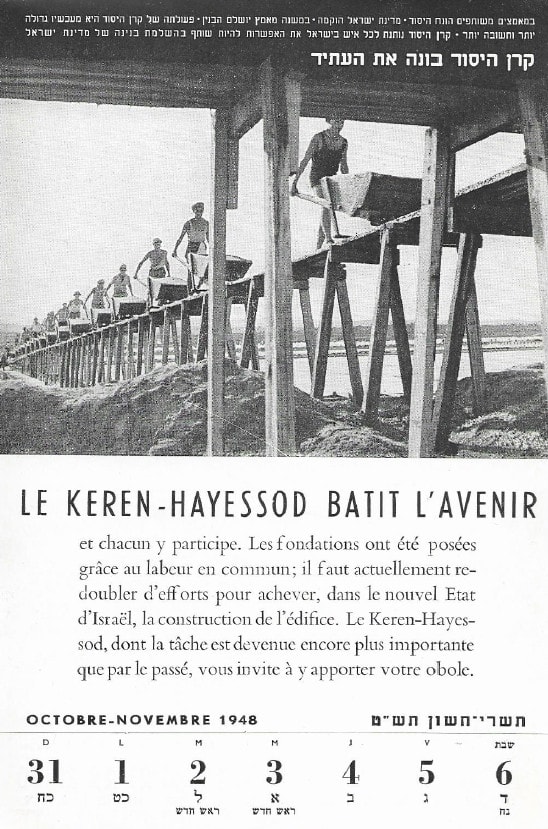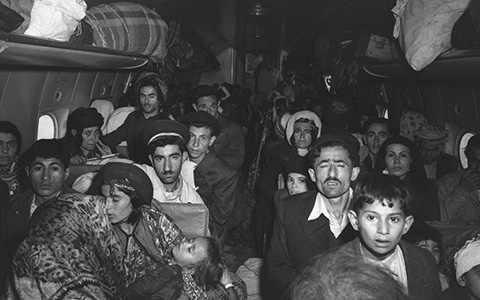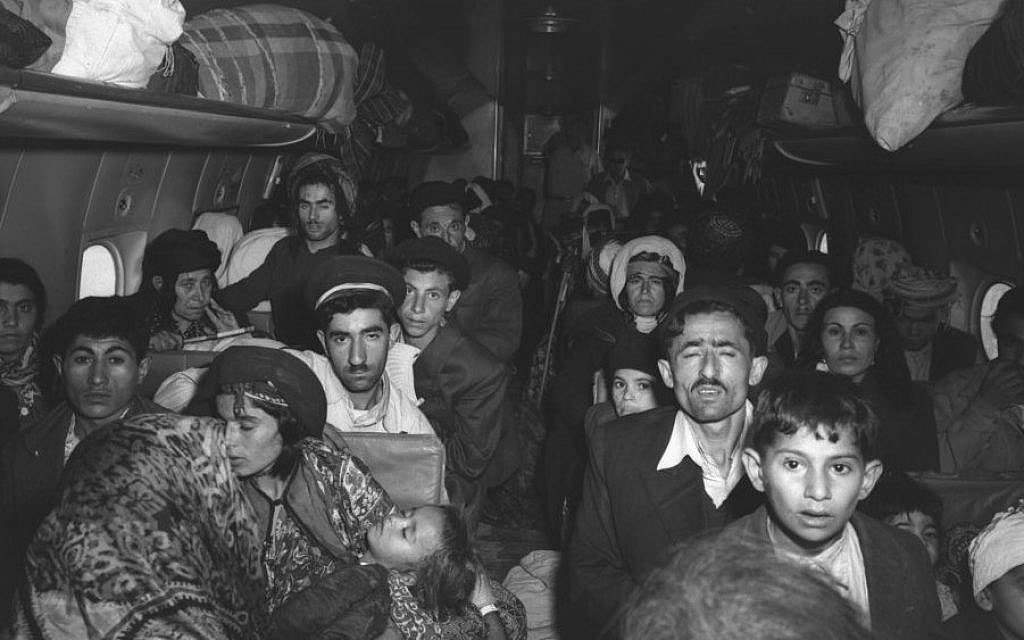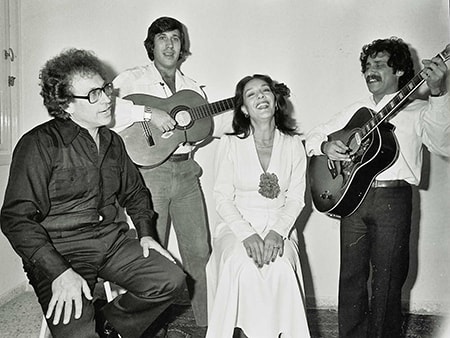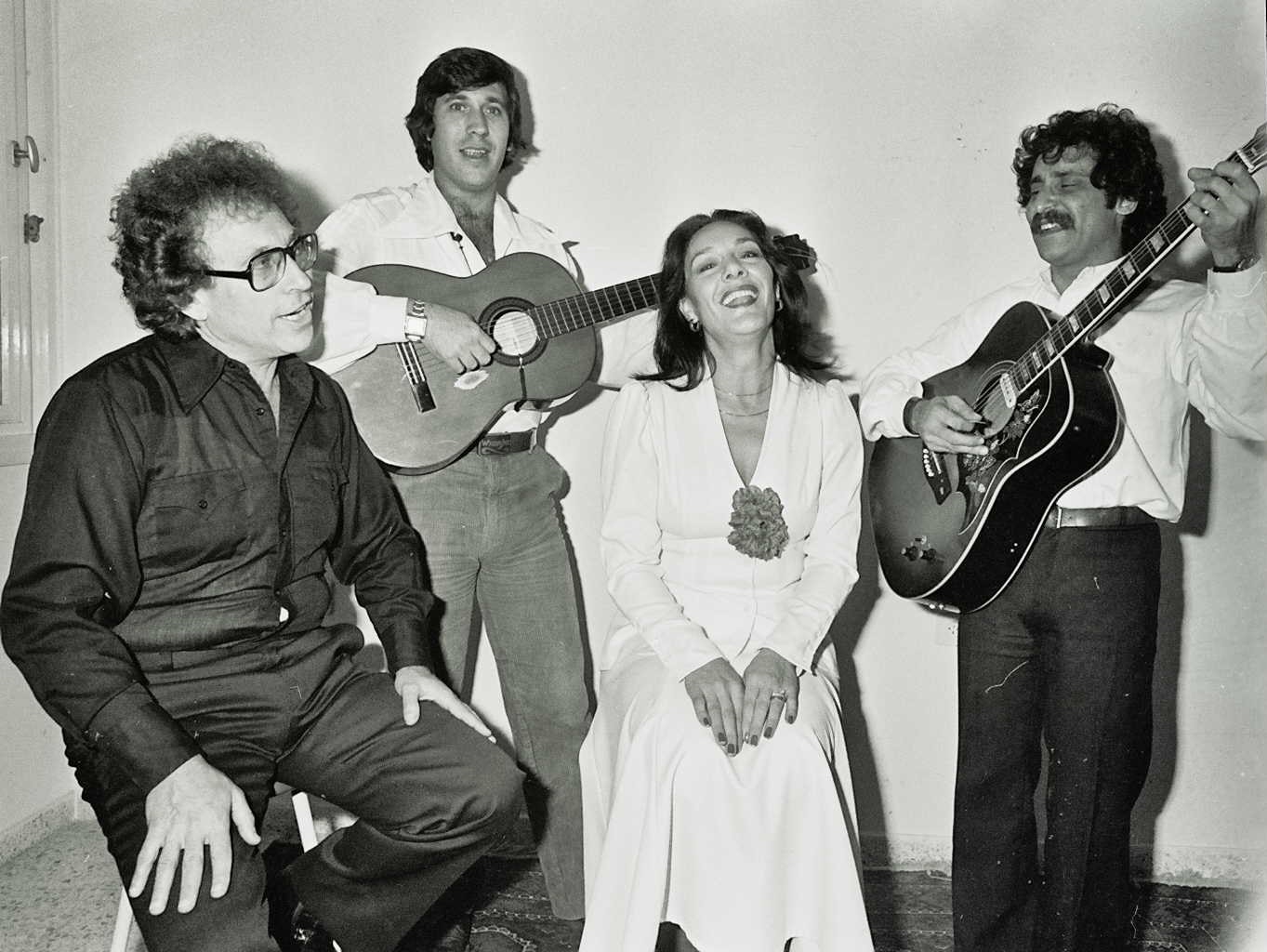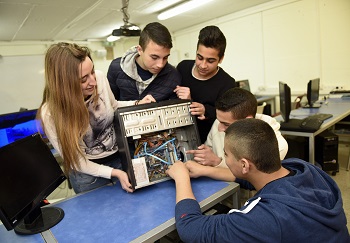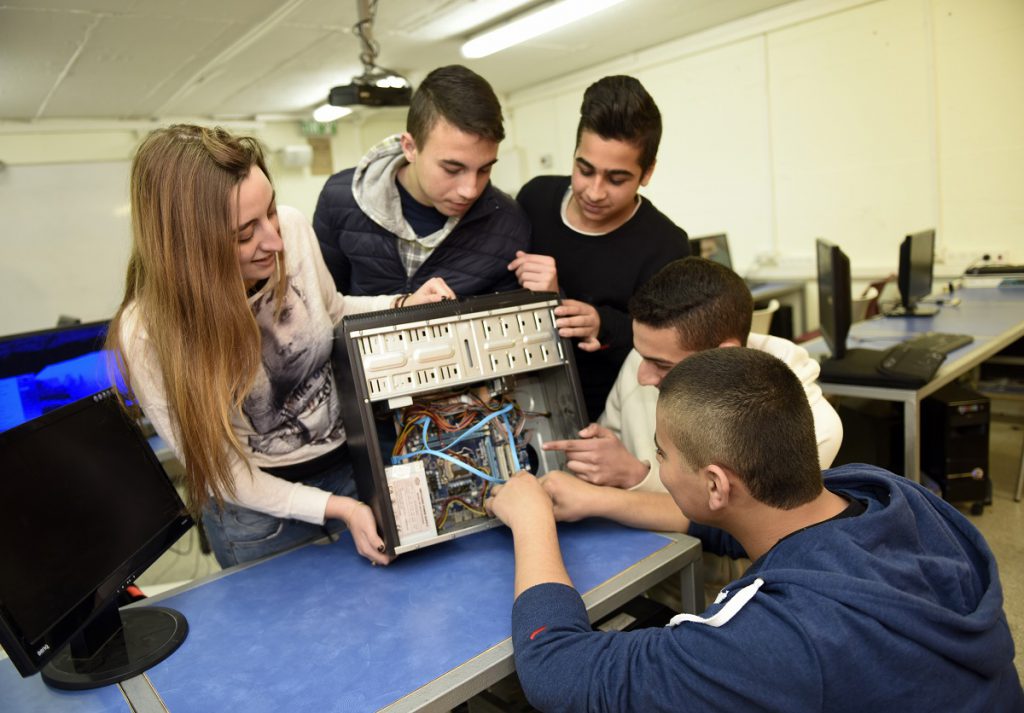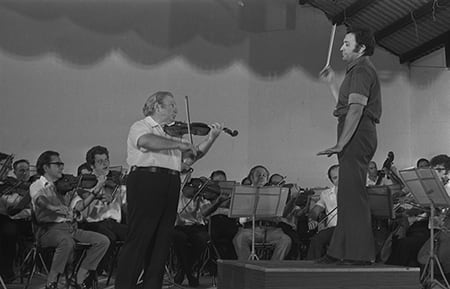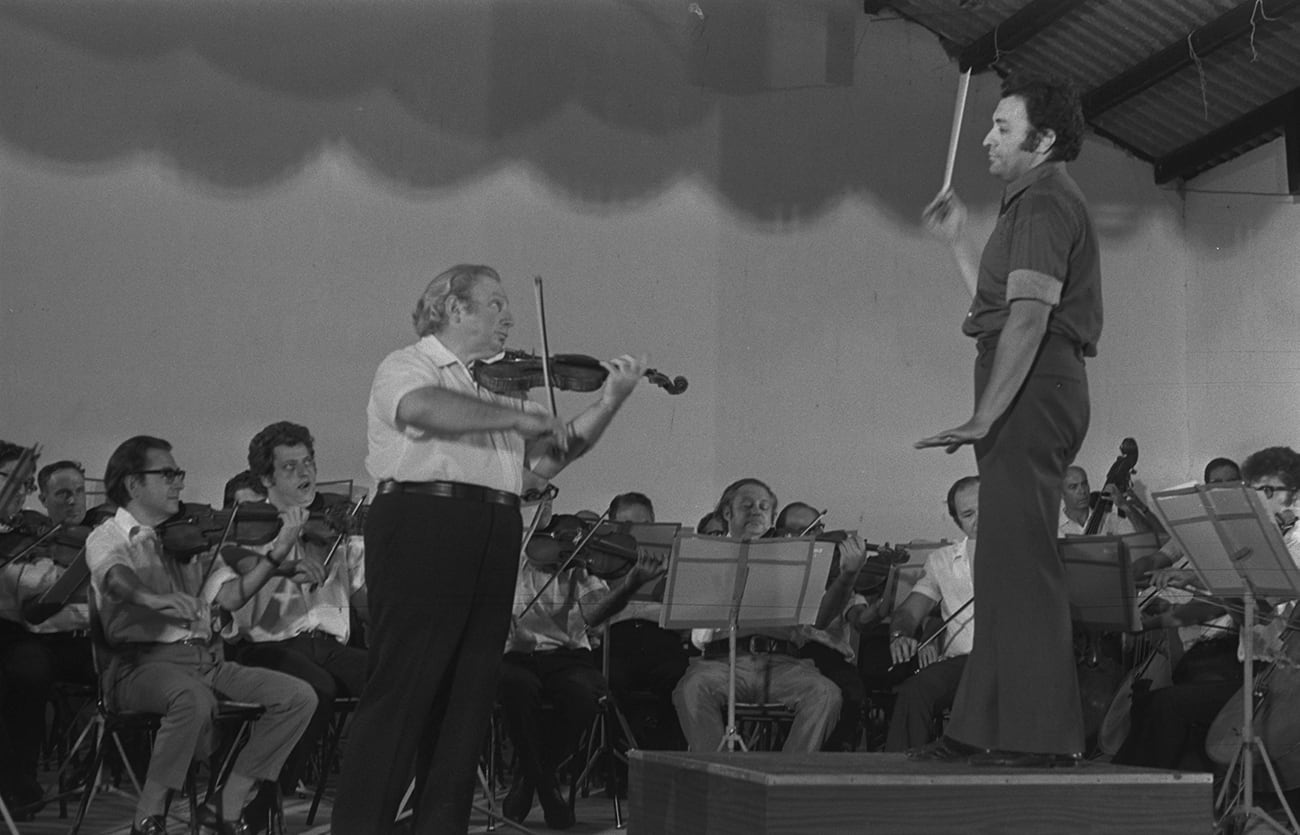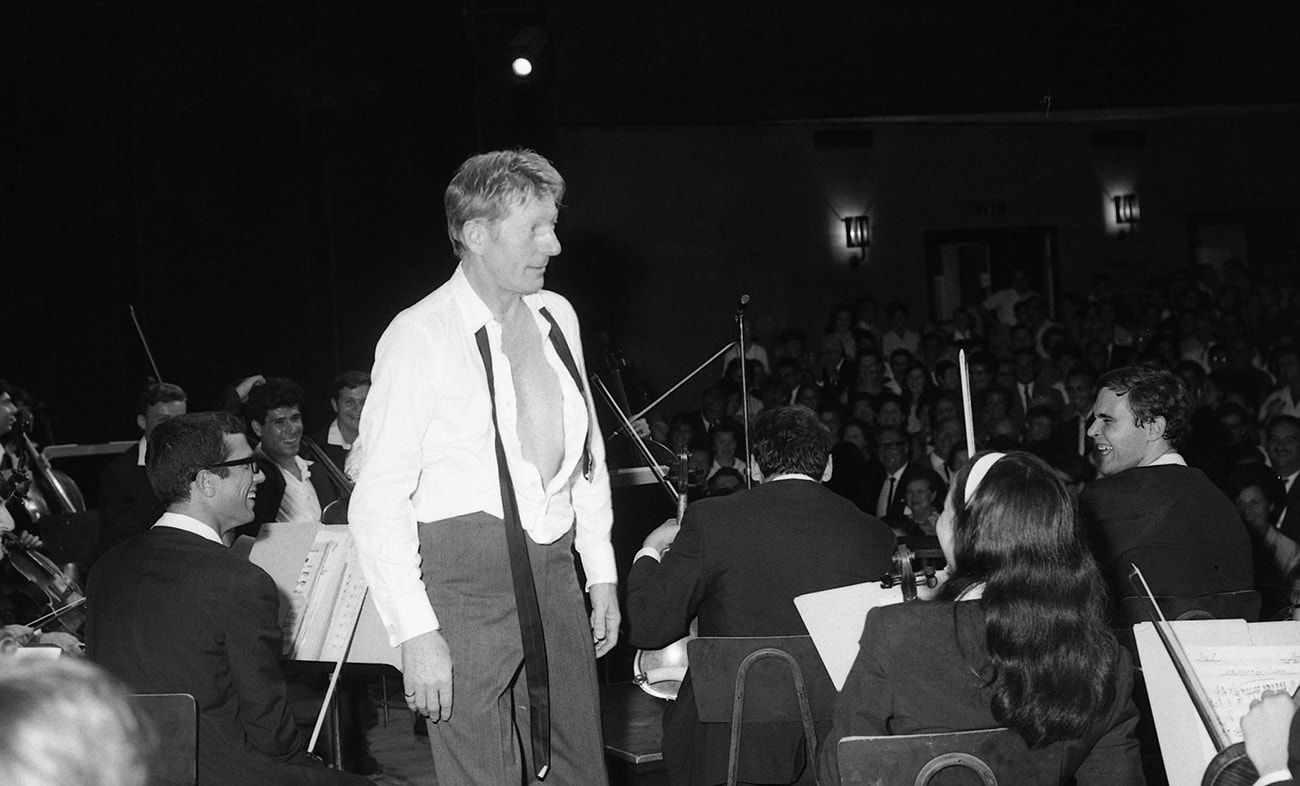
Danny Kaye, one of the greatest American actors, singers and comics of his generation, decided to accompany the Gadna Orchestra on a trip around the world to raise funds for Keren Hayesod. 25 mesmerizing concerts concluded on December 6, 1967. Danny Kaye, known as a long-standing supporter of Israel, had volunteered to conduct the second part of each of the concerts that took place over a period of six weeks, in Europe, Canada and South America. The concerts were unforgettable. Danny Kaye used humor, changing accents with great virtuosity, conducting the well[1]known “Flight of the Bumblebee” with a flyswatter in his hand, and even holding a lively dialogue with the audience at the end of the performance. The Gadna Orchestra comprised young people ages 14 to 22. The trip introduced them to their peers around the world, with the aim of raising funds. Tickets to the shows were snapped up. In Italy, the tickets cost 25,000 lirettas and in Holland, they were sold at an especially high price. The money raised during the trip was donated to the special Security Fund set up to help Israel meet the costs and needs of the Six Day War. The show demonstrated the original thinking of Keren Hayesod, which aspires at all its events to find new ways of enlisting Jews from around the world to come to Israel, donate money to the Zionist enterprise and strengthen their connection with events in Israel.
Admit it – you, too, would have loved to be there!
Photo: Danny Kaye and the Gadna Orchestra, October 1967
